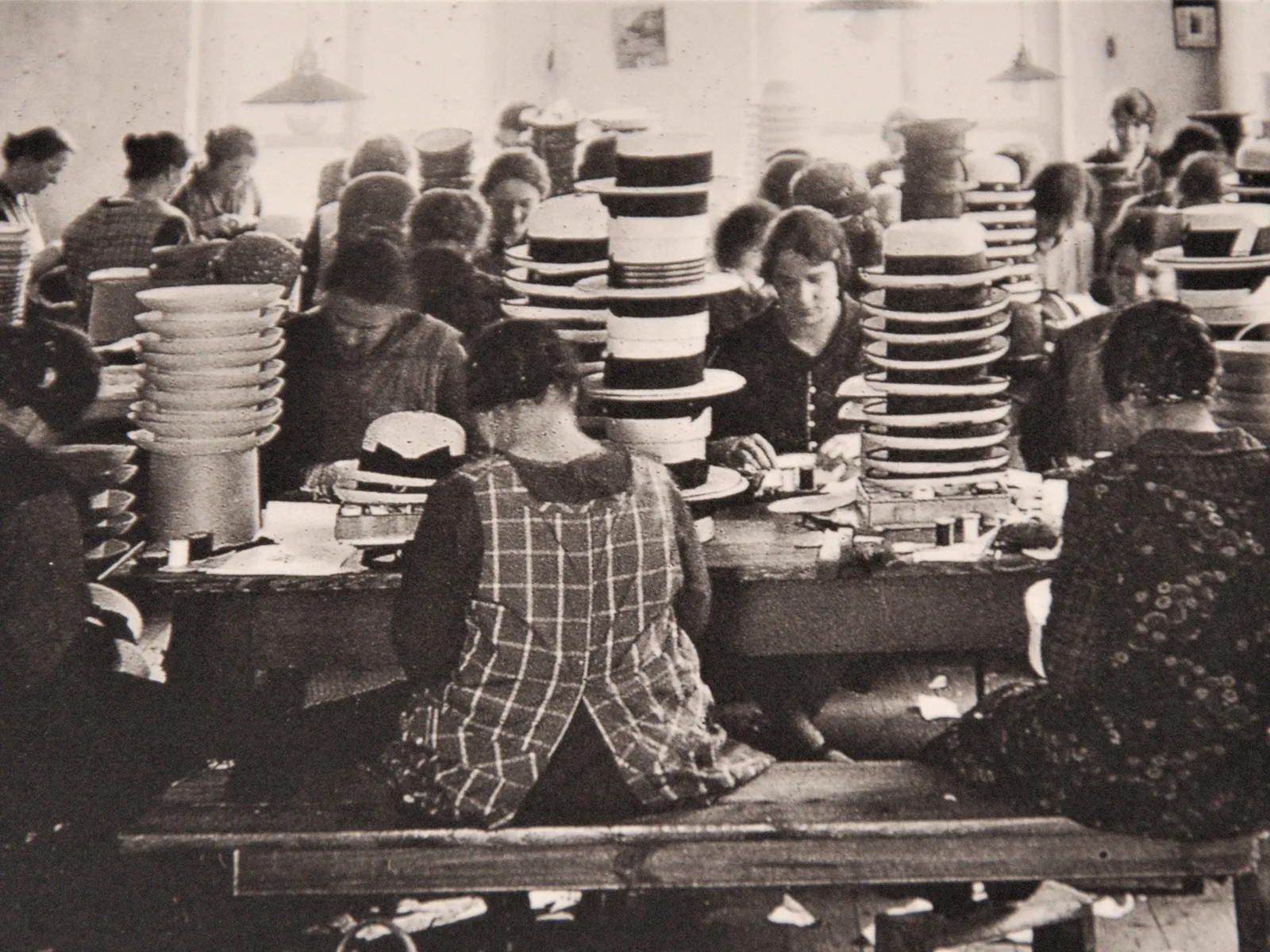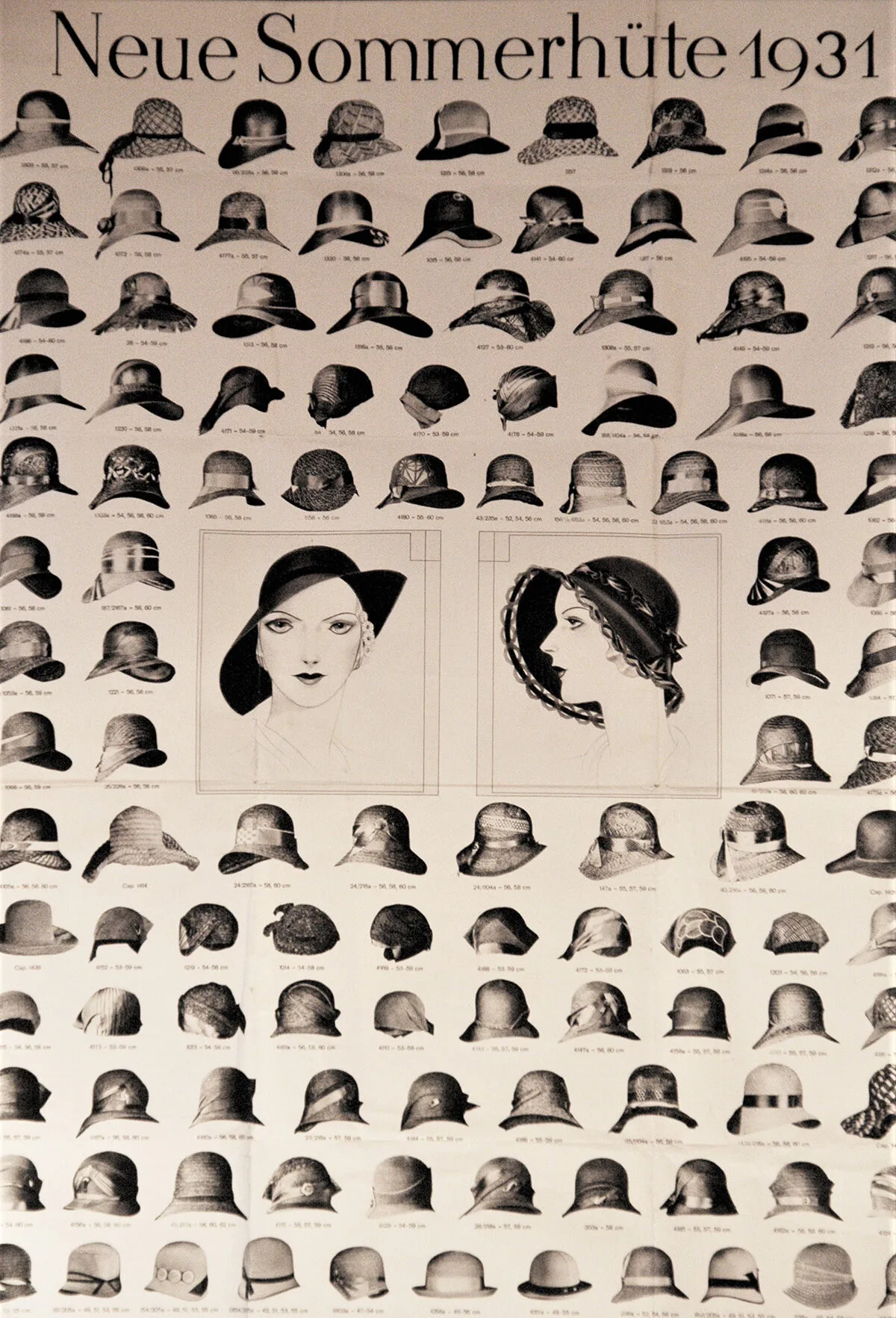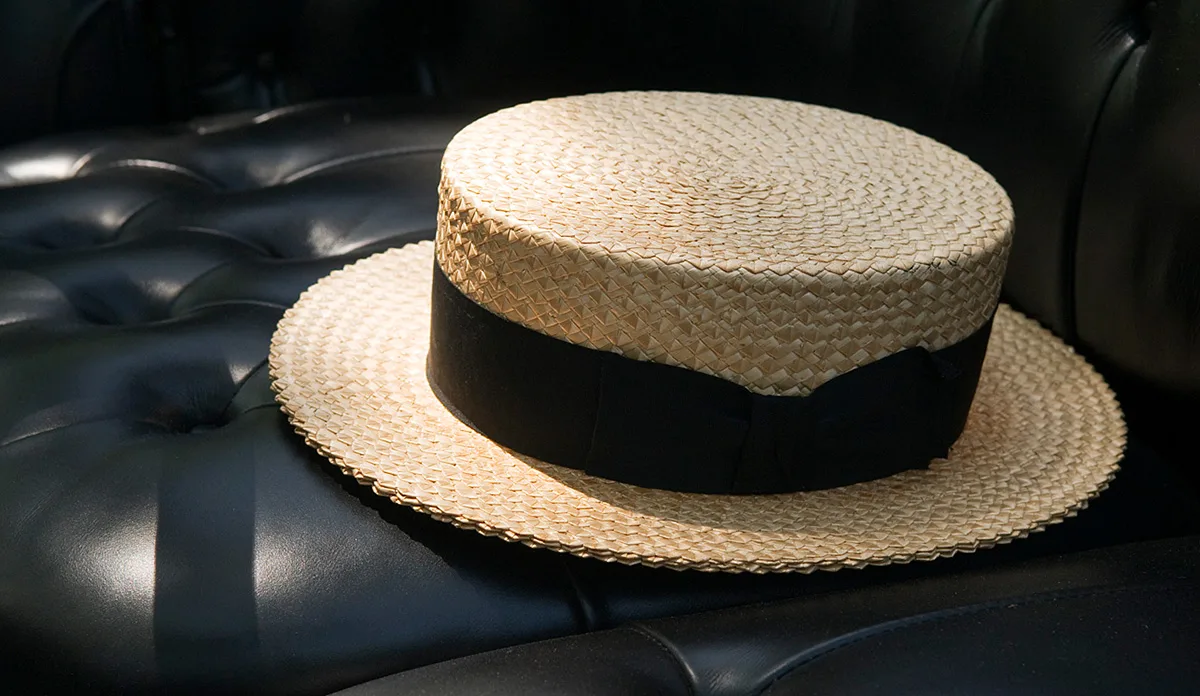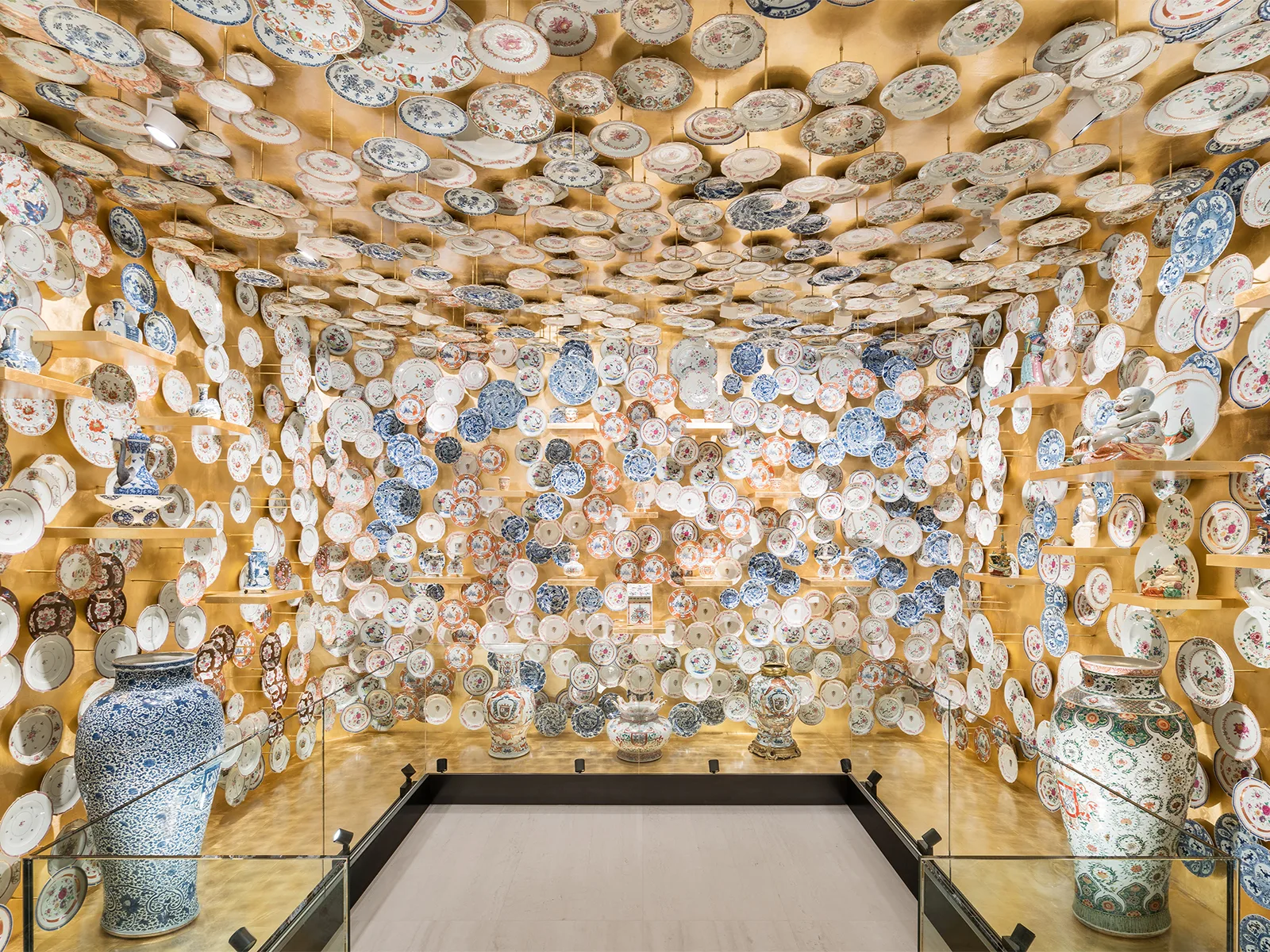
The hat was good for the economy
In the 18th century, straw-weavers and hatmakers had a bad reputation in Switzerland. They were condemned as lazy. A century later, hat-making became a flourishing business.
Import from the south


Innovative son of the Ritz family
Wigs and hairstyles sound the death knell




